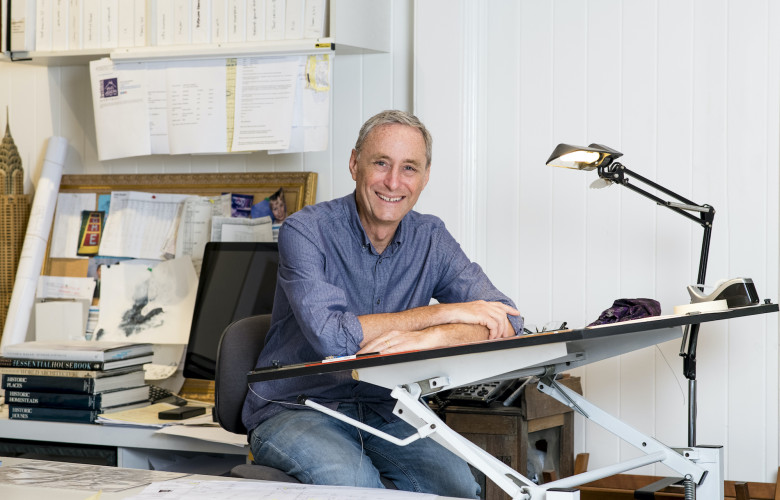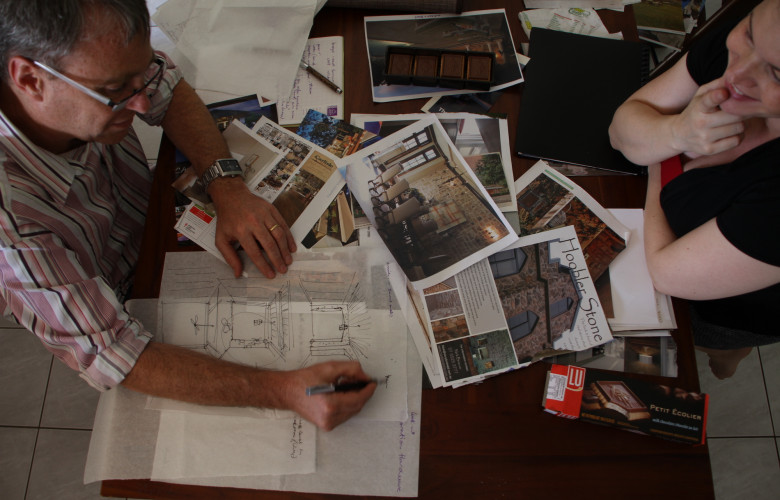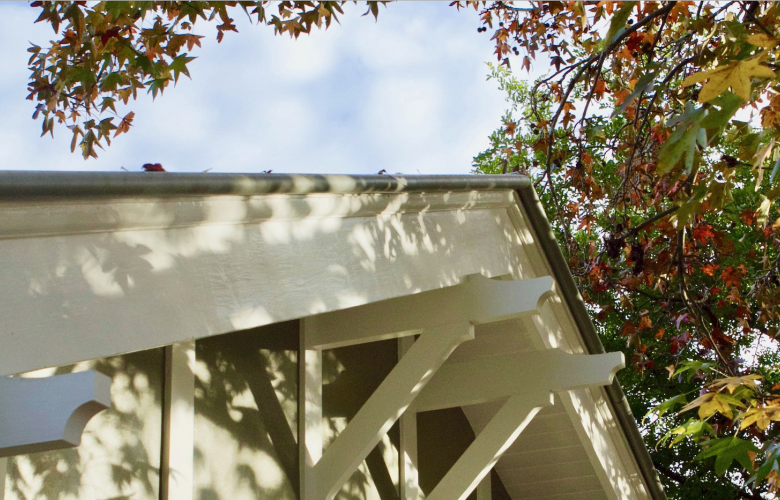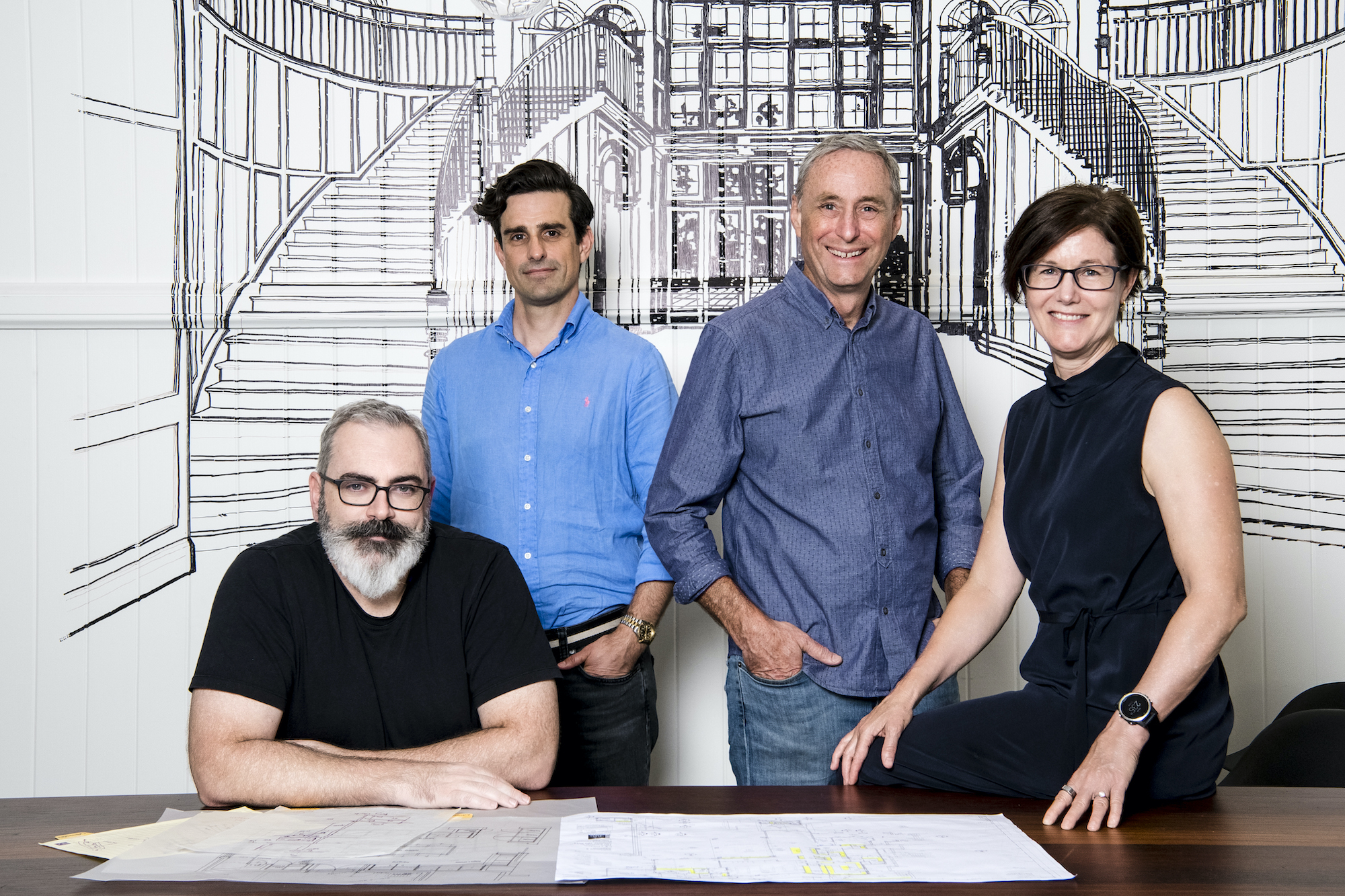Derek Trebilcock: bringing a client's imagination to life
Contact
Derek Trebilcock: bringing a client's imagination to life
From childhood cubby houses to transforming spaces to reflect a client's needs, Derek is passionate about creating spaces that "really matter".
Brisbane architect Derek Trebilcock believes your home is a direct reflection of you, specific to your desires, personality and lifestyle.
His practice, Trebilcock Architects brings together an experienced group of passionate architects specialising in beautifully designed bespoke homes.
The team prides themselves on collaborations, detailing, and ability to form beautiful spaces, ensuring that every space is highly personalised to their individual client.
WILLIAMS MEDIA spoke to Derek about his career in architecture.
Why architecture?
As a child, I grew up making cubby houses out of upturned chairs and sheets, cardboard boxes and then moved into tree houses. I grew to understand the materials around me and to use those familiar things to manipulate my personal spaces. The maths and science of my later schooling gave those thoughts more structure and I was lucky enough to have work experience with an architect early in my school years so had time climbing into old ceilings on heritage sites and understanding how things were made. But more formative was an insight in how people used the spaces by understanding the patterns of living from the clues left in the places they lived.
Image: 'Trebilcock Architects brings together an experienced group of passionate architects specialising in beautifully designed bespoke homes' Source: Trebilcock ArchitectsWhat do you enjoy most about your profession?
The transformation of a space into a home that reflects how our clients want to live gives me the greatest pleasure. Our discussions start with a visualisation exercise of imagining things that they would love to do if they could – like having friends over after a school sports win with a some of the team and a group of parents, homework spaces and how you might want them close while prepping a meal, quiet areas and what goes on there. How that looks in their mindsis individual and our sketches give that aspiration form and volume then we connect to the spaces. This way of planning makes the home a vision of my client’s ‘self’ and we ‘build’ the home together this way. We treat all commissions like this and we haven’t had a traditional written brief now for many, many years.
Image: "We have a wide range of clients and their tastes differ" Source: Trebilcock ArchitectsYou have said, "It’s the details that turn a house into a home.” How would you describe your architectural aesthetic?
There isn’t an aesthetic as much as an approach. We have a wide range of clients and their tastes differ. We get clues from clients from the picture boards they make - particularly for new homes, and often in renovations, from talking about why they bought the property in the first place. Looking then at a renovation, we might select an arch or another feature that attracted our client to thier home and this detail can become the basis of the home’s signature – the detail that ties it all together. These shapes are re-scaled and can be scaled up to make bookcase trims or unique skirtings or reduced for cabinet inlays - all related in some way to the original detail. The effect is seamless detailing from cabinet mouldings to cornices. We have boiler makers who grind our timber-working blades for our joiners can cur this 'family' of related timber profiles.
Image: Grand Colonial home at 48 Charlton Street Ascot, updated by Derek Trebilcock for sale by Patrick McKinnon of Place Source: Place AscotWhat do you admire most about classical Queensland architecture?
I enjoy a lot of the proportions of windows, ceiling heights and the creativity in the detailing in some of the more unique houses.
With a focus on designing, beautiful spaces where each room and every space is highly personalised to be a reflection of individual desires, personality and lifestyle, what advice would you give to new client wishing to build or renovate?
Not to be restrained in your personal ambitions for the way you want to live. Be clear on what that looks like (imagine it happening right in front of you) and then consider how that might overlay an existing house or a block of land ie. what are you looking at as youprepare the meals, what does the room look like around me? Try not to lock yourself into a list, as sometimes quite separate functions and activities can use the same space and a list might see you in a house bigger than it might need to be. A TV room can also be a music room and a quiet space. Being deliberate with your design doesn’t always mean ‘big’ and savings in space can be put back into lovely detailing.
Source: Trebilcock ArchitectsHow do you feel the events of 2020 will influence architecture and design?
Our clients have been more focused and deliberate around thinking about how they want to live. In many ways it has encouraged a re-think on what really matters.
What is the most interesting brief you’ve been given by a client?
It’s hard to pick one, they are all interesting as we have the chance to choose the projects we work on. To pick one though from years ago, a client came thinking they wanted a big-ish extension but digging into what they really needed, the wife wanted a nurturing space for herself for many reasons and the final solution came down to just one beautiful ground level, modest room, a little off the kitchen in an unused part of the yard – it was all built-in furniture, tall windows folding open into the garden and new fishpond, low bookcases, lush garden court and privacy. Over those many years since they still keep in touch.
Why take it on?
She was very quick (maybe the quickest ever) to see how we planned around our ‘wished’ experience and the printed brief she had quickly disappeared. She delved deep into her life in our discussions and the vision became clear to us both quickly and we were delighted to help take that into a ‘built’ form.
What advice would you give to a newly graduated Architect or someone thinking about Architecture as a career?
We are involved in a mentor programme through the Institute of Architects, so this subject comes up often. They will all eventually gain the technical skills to potentially produce a document, but it is the ability to draw by hand and quickly illustrate an image or an idea with a client that is at risk of disappearing and may become a unique offering in the future.
Image: "There is nothing like drawing a detail" Source: Trebilcock ArchitectsWe have to teach and learn the old skills still. There is nothing like drawing a detail onsite with the tradespeople concerned to solve a problem right then and there, to build construction skills while building a collaborative relationship at the same time. ‘God is in the details’ and I always encourage drawing and detailing as a strong part of study and early professional life. It is deeply satisfying.
Where do you live now, and where would you live if you could live anywhere in the world?
I live with my beautiful family in the western suburbs of Brisbane. We have built a home together here over the years and I could not think of a better place to live anywhere else in the world.
Related reading:












